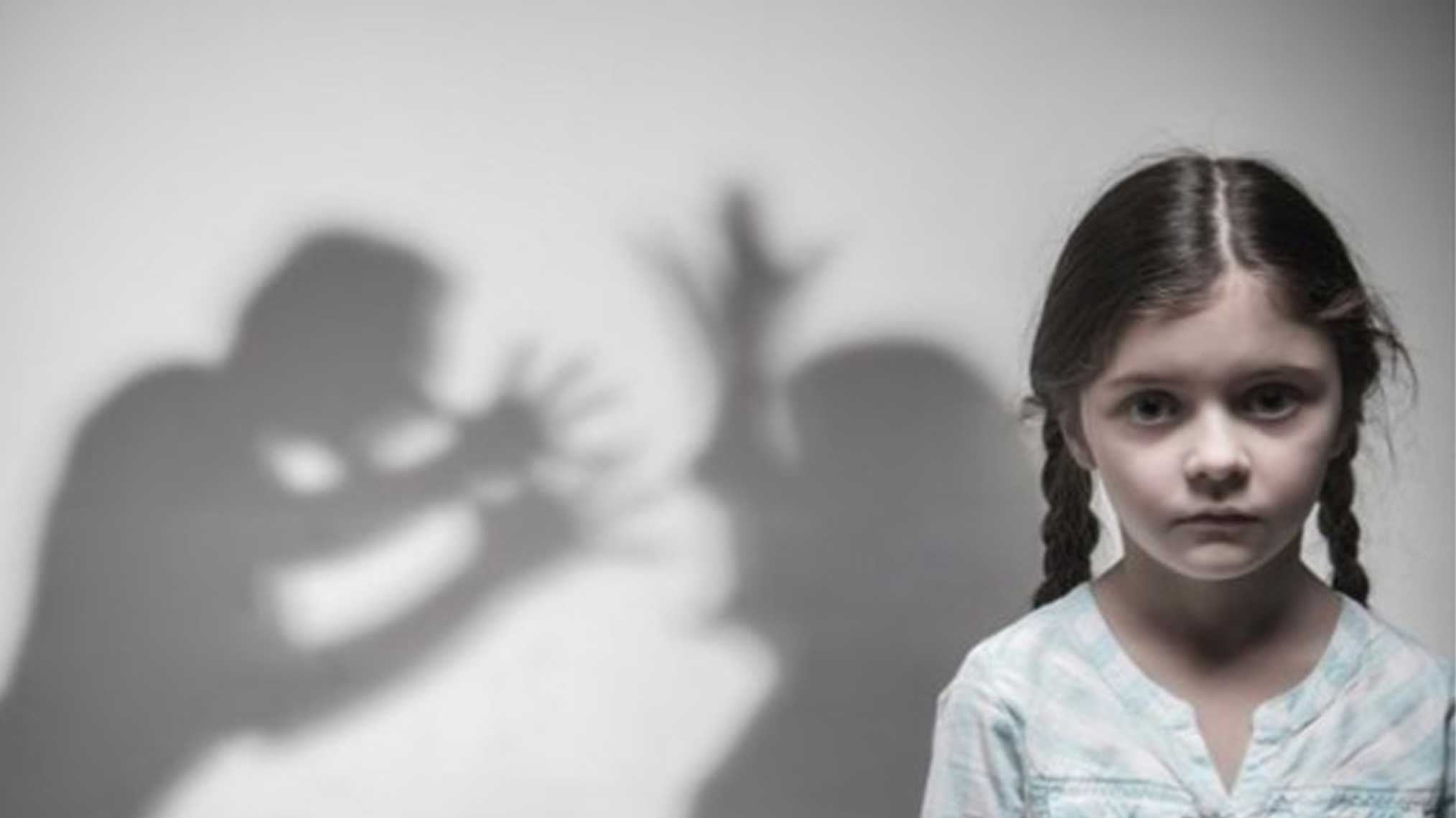Domestic Violence and Homlessness
The percentage of those experiencing domestic violence by Service Planning Agencies (SPA).
This map presents the percentage of individuals experiencing domestic violence in different Service Planning Agencies (SPA). About 23.4% of surveyed individuals residing in SPA Antelope Valley, including cities such as Lancaster and Palmdale report experiencing domestic violence. The second highest percentage of experiencing domestic abuse is SPA West. About 22.9% of surveyed individuals residing in SPA West, including cities such as Santa Monica, Venice, and Malibu, report experiencing domestic violence. SPA Gabriel has the lowest percentage, at around 10.1% of individuals living in this area report experiencing domestic abuse.
Race: How does the presence of domestic abuse differ among various racial and ethnic groups?
The analysis of domestic abuse prevalence among sheltered individuals in Los Angeles County reveals distinct racial disparities. Approximately 40.9% of Blacks and 51.3% of Whites report experiencing domestic abuse. The remaining racial and ethnic groups represent less than 10.4% of those experiencing domestic abuse.
Gender: How does gender influence the experiences of homelessness and the impact of domestic abuse?

The bar graph provides a representation of the gender distribution among those facing domestic abuse. The majority of individuals experiencing domestic abuse in the survey for shelter individuals identify as female (72%). In contrast, males make up 28% of the population experiencing domestic abuse.
Conclusion:
Homelessness and domestic violence can intersect, as individuals feeling abusive homes may find themselves without shelter, making it difficult to escape violence. Also, those who face homelessness may be at highest risk of domestic violence. Among those who experience domestic violence, 72% are females, 40.9% are black, 51.3% are white, and 65% are between the ages of 25 and 54. SPA Antelope Valley (ex. Palmdale and Lancaster, etc.) has the highest percentage (23.4%) of individuals living in that SPA experiencing domestic violence abuse. Understanding the demographics can help provide policy makers, nonprofits, the general public and more to create domestic violence intervention plans for different subpopulation.

